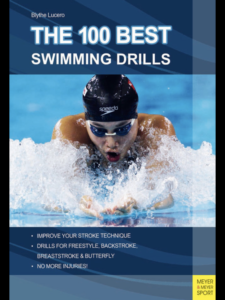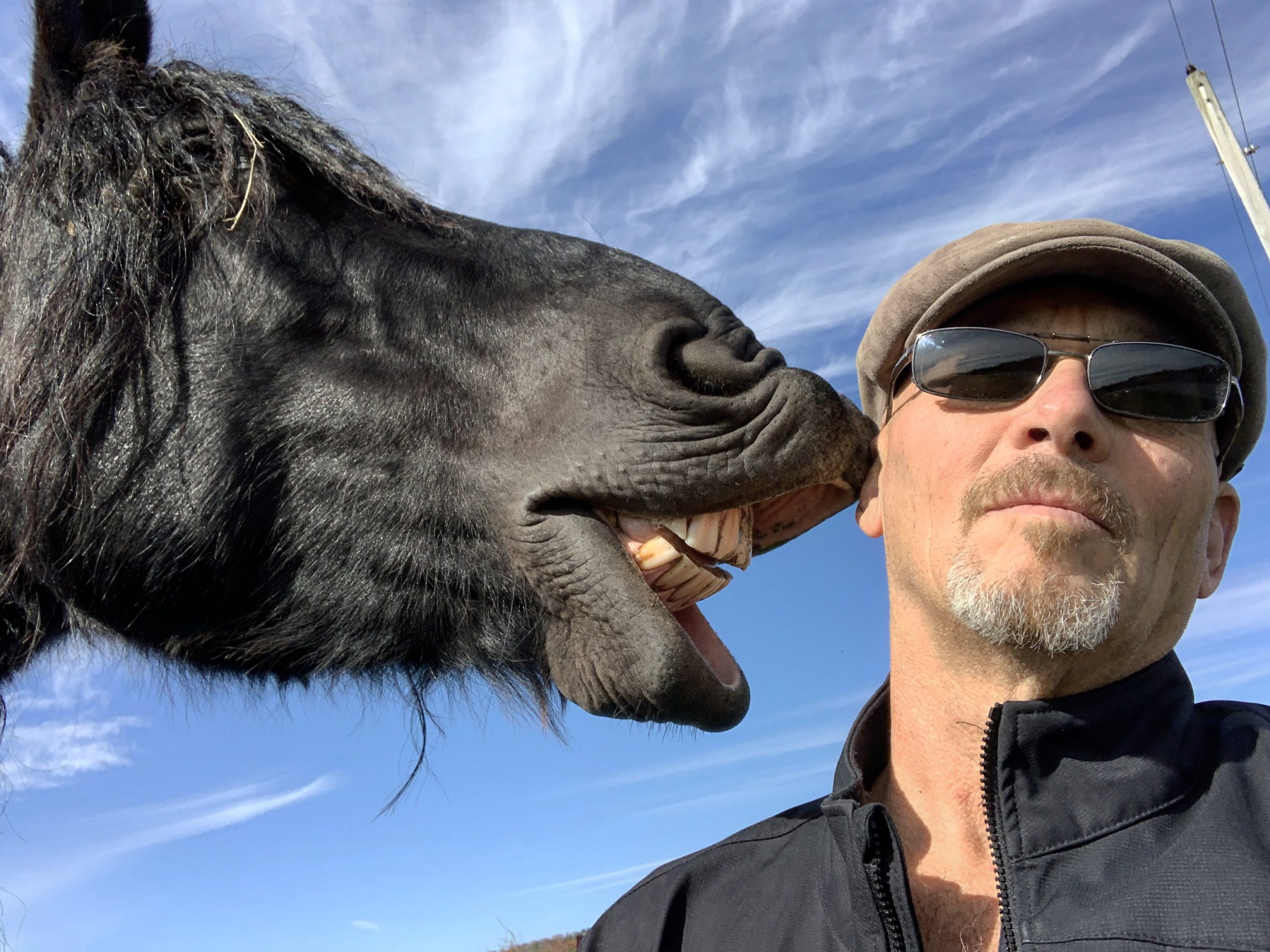Freestyle (Front Crawl)
I have a pretty long, smooth stroke. It is not for everyone but I’m pretty relaxed and quite efficient when I swim. I’ve read quite a number of books on the subject and watched videos of people with different philosophies on the correct way to do things.
Like pretty much everything else in life, not everyone is the same or equal and not everything works for everyone.
I often see triathletes trying to up their game on swimming. A lot of times, swimming is the weakest third of their race. I’m not a triathlete but I do know how to help someone not be exhausted after the swimming part of the triathlon. That’s the kicker. Trying to get through the swim part without using up all your energy and still not coming last.
I watch friends and family trying to give pointers. “Put your arm in this way.” “Breathe like this.” Etc, etc.
It all comes from the core really. If you are not rotating your body properly, you won’t be able to breathe properly. If you are not rotating properly, you will over stress your shoulders and not have a proper stroke.
This is all assuming that someone is comfortable with putting their face in the water.
Equipment
First item to get is a decent pair of goggles.
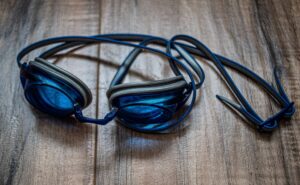
Secondly, a pair of fins.Not the diving kind that are really long but those designed for lap swimming. They are shorter.
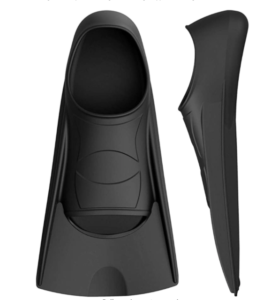
Something like these:
You will need them for the main rotation drill.
Drill, Drill, Drill.
Think of a tugboat vs a sailboat going through the water. Tugboat is flat and pushes through the water. That's you swimming flat. Then there is a sailboat, narrow, cutting through the water. That's you with your hips in a 45°.
Most videos that I’ve seen suggest doing this drill completely on the side when practicing. I disagree. I think one should practice how they would do it in the stroke and also to help get the feel of the position. You want to be at a 45° in the water and rock back and forth so each time you are sort of skating on that bone that you can feel on the front of your hip.
Check out the images below first for the angle and then for the point you are ‘skating’ on.
Put your fins and goggles on. Push off from the side and cruise along on your left or right side to begin. Take a good breath before you start or as you start to cruise then make sure your face is in the water. Make sure you are at a 45° and continue a long slow kick. Go as long as you can on one side, take three strokes to switch sides. Breath a couple of times as you are doing that. Then stay there at the 45° angle again.
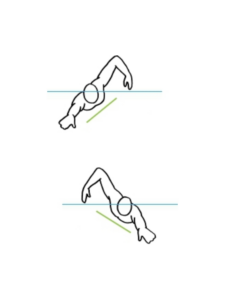
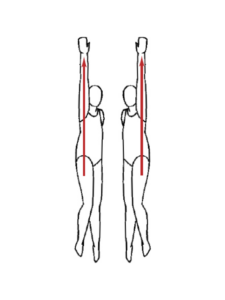
As you are cruising and just kicking, you leave your lower arm in the water ahead of you a few inches in the water. Your higher arm, hold along your hip that is higher or above the water.
When you are ready to switch sides again, just start the stroke with the arm that is in front, one, two, three and you are on the other side. Do a length and take a minute or two rest if you need it.
More Drill
Swimming: I'm a big proponent of drilling. Drilling parts of the whole stroke. It would best if I could watch your stroke then coach you from there but...
In this video link, you can watch up to about 3:50 -
In that video he says to drill at 90°. I disagree. As I said, I think you should drill the way you should swim. Around 45°. The more you do that the more you will get the feel for how your body should be in the water.
Here is another video on this rotation drill. Watch from the beginning but at 3 minutes you get a second drill. I would suggest you do all these drills with fins. I never drill any sort of kick without fins.
If you are going to buy some fins, get a leg buoy and some sort of pull paddles at the same time. The paddles/leg buoy work together and help lengthen your stroke.
You are welcome to send me feedback and questions.
Some great drills in this book by Blythe Lucero:
